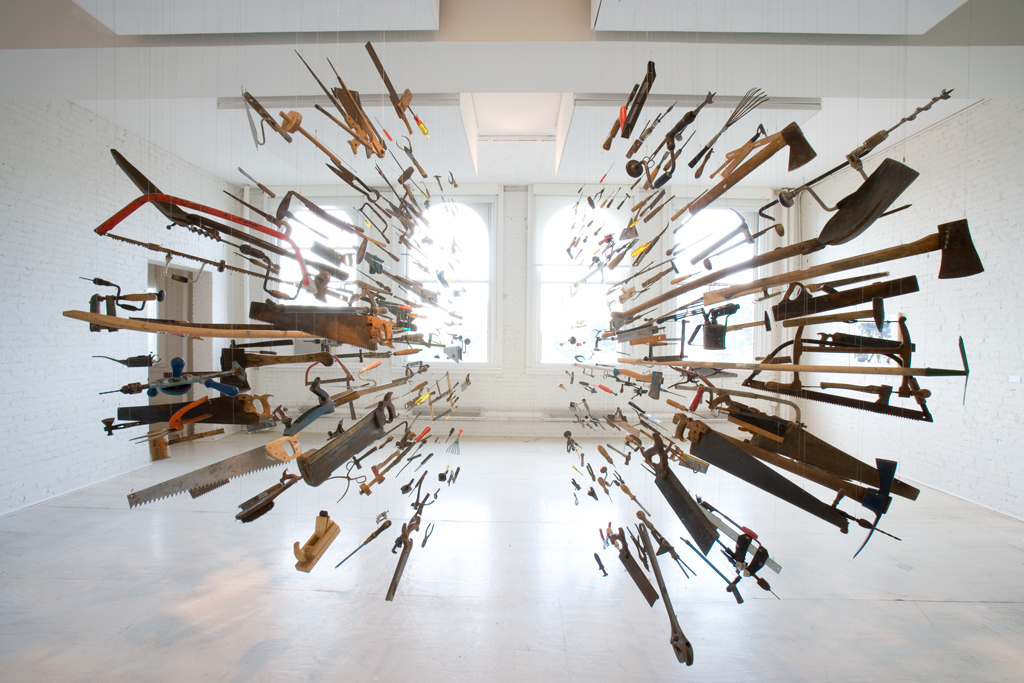[ad_1]

Damián Ortega, Controller of the Universe, 2008, installation view, at P.S.1 Contemporary Art Center, 2008.
©DAMIÁN ORTEGA/COURTESY THE ARTIST, P.S.1 CONTEMPORARY ART CENTER, AND GLADSTONE GALLERY, NEW YORK AND BRUSSELS
The Institute of Contemporary Art, Miami has named Damián Ortega as the first winner of its new annual Ezratti Family Prize for Sculpture, part of a $500,000 gift from the Miami-based Ezratti family. The award will go toward the fabrication of a new commission to be installed in the ICA’s Sculpture Garden and includes $15,000.
Ortega is best known for large-scale sculptural installations often made up of numerous component parts that are hung from the ceiling and, when seen from a distance, appear to defy gravity.
“We see this as a wonderful place to honor the achievement of an artist who has innovated with sculpture throughout their career,” ICA Miami artistic director Alex Gartenfeld told ARTnews. “Damián has been an artist who has consistently reinvented the form of sculpture, considered the role of the work in public, and experimented with materials and forms, perhaps like no one else of his generation.”
The ICA Miami, which was founded in 2014, has presented new major sculptural work by Thomas Bayrle, Abigail DeVille, Charles Gaines, and Chris Ofili since 2016, and commissioned pieces for its Sculpture Garden by Allora & Calzadilla, Pedro Reyes, and Mark Handforth. The new prize underwritten by Miami real-estate developer Itchko Ezratti and his family will be an extension of that programming, Gartenfeld said.
“We greatly admire ICA Miami’s dedication to commissioning and showcasing large-scale, ambitious sculpture by the most significant contemporary artists from around the world,” Ezratti, who is a trustee of the museum, said in a statement.
Ortega will install a new work, Replicant Stone, on the ICA grounds in November. The piece will make use of Pyrite stone, commonly known as fool’s gold, and will look at the relationship between nature and geometry.
“Damián has so consistently worked through the legacy of modernism, and specifically, the traditional of geometric abstraction in Latin America and reinvented and renewed it,” Gartenfeld said. “He’s recently become preoccupied by the form of Pyrite as a symbol that is both self-generating and intrinsically bound to the form of the square, which was the preoccupation of 20th-century modernists.”
[ad_2]
Source link

